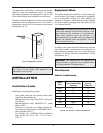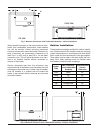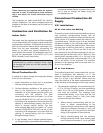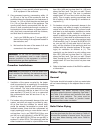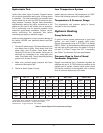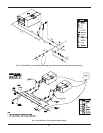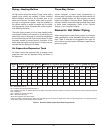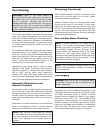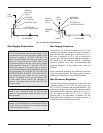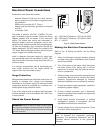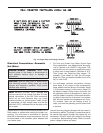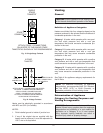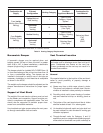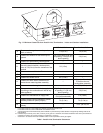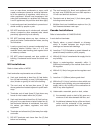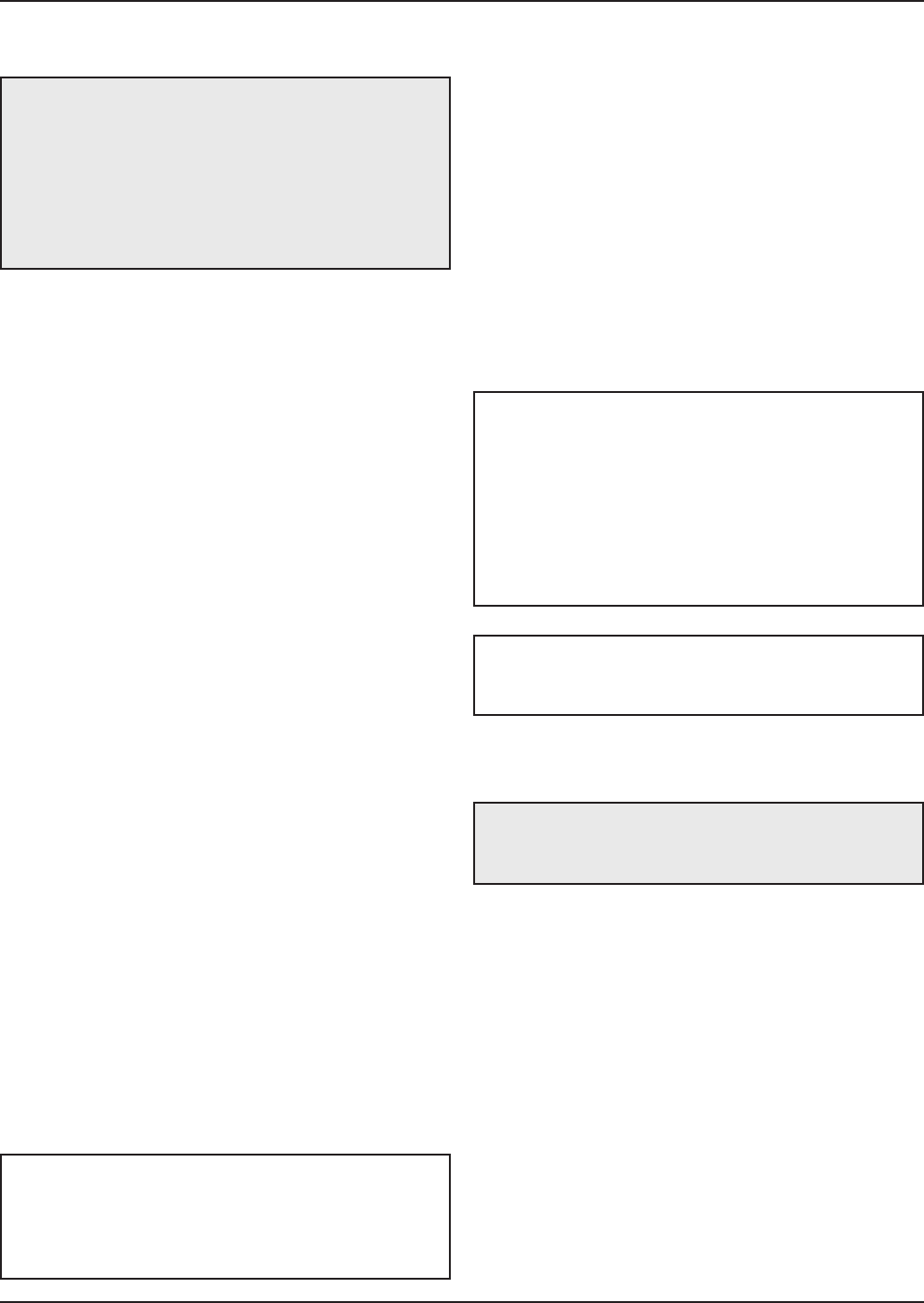
17
Gas Supply
Gas piping must have a sediment trap ahead of the
heater gas controls, and a manual shut-off valve locat-
ed outside the heater jacket. A pounds to inches
regulator must be installed to reduce to gas supply
pressure to under 10.5 in. WC. The regulator should
be placed a minimum distance of 10 times the pipe
diameter upstream of the heater gas controls. All gas
piping must be tested after installation in accordance
with local codes. The heater and its gas connection
must be leak-tested before placing it in operation.
DANGER: Make sure the gas on which the heater
will operate is the same type as specified on the
heater’s rating plate.
Pool Heating
The Hi Delta pool heater is equipped with an external
pump and bypass arrangement that blends outlet
water with the inlet to increase the inlet water temper-
ature, thereby reducing the likelihood of condensation
forming on the heat exchanger. The pump also serves
to circulate water through the heater from the main
system piping.
To complete the installation of the pool heater, the pool
thermostat needs to be installed in the main return
water line. This will ensure that the heater will be ener-
gized at the right time. If the main water line is too far
away from the heater and the capillary bulb will not
reach it, locate the pool thermostat adjacent to the
main line and run wires back to the heater.
Adjustment of the bypass valve is critical to proper
operation of the heater. The bypass valve should be
adjusted to achieve a minimum inlet water tempera-
ture of 105°F and an outlet water temperature
between 120°F and 140°F. When starting with a cold
pool, make initial adjustments. Make final adjustments
when pool water approaches desired temperature.
Automatic Chlorinators and
Chemical Feeders
All chemicals must be introduced and completely dilut-
ed into the pool or spa water before being circulated
through the heater. Do not place chlorine tablets or
bromine sticks in the skimmer. High chemical concen-
trations will result when the pump is not running (i.e.
overnight).
Chlorinators must feed downstream of the heater and
have an anti-siphoning device to prevent chemical
backup into the heater when the pump is shut off.
CAUTION: Power to the heater should be
interlocked with the main system pump to make sure
the heater does not fire without the main system
pump in operation. Improper flow control can
damage the heater. Uncontrolled flow (too high) or
restricted flow (too low) can seriously damage the
heater. Follow these instructions to make sure your
heater is properly installed.
Winterizing Your Heater
When heaters installed outdoors in freezing climate
areas are to be shut down for the winter, please
observe the following procedure:
Heaters installed outdoors in freezing climate areas
should be shut down for the winter. To shut down
heater, turn off manual main gas valve and main gas
shut-off. Close isolation valves and remove water pip-
ing from the in/out header of the heater. Drain the
heater and any piping of all water that may experience
below freezing temperatures.
Pool and Spa Water Chemistry
NOTE: Chemical imbalance can cause severe
damage to your heater and associated equipment.
Maintain your water pH between 7.4 and 7.8 and
total alkalinity between 100 and 150 ppm. If the
mineral content and dissolved solids in the water
become too high, scale forms inside the heat
exchanger tubes, reducing heater efficiency and also
damaging the heater. If the pH drops below 7.2, the
heater will be severely damaged.
NOTE: Heat exchanger damage resulting from
chemical imbalance and/or scaling is not covered
under the warranty.
NOTE: High chemical concentrates from feeders
and chlorinators that are out of adjustment will cause
very rapid corrosion to the heat exchanger in the
heater. Such damage is not covered under the
warranty.



